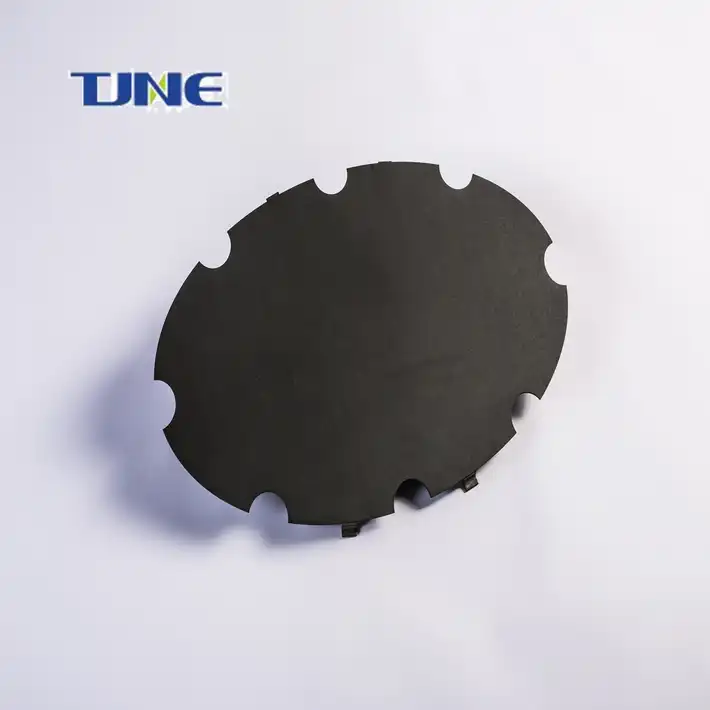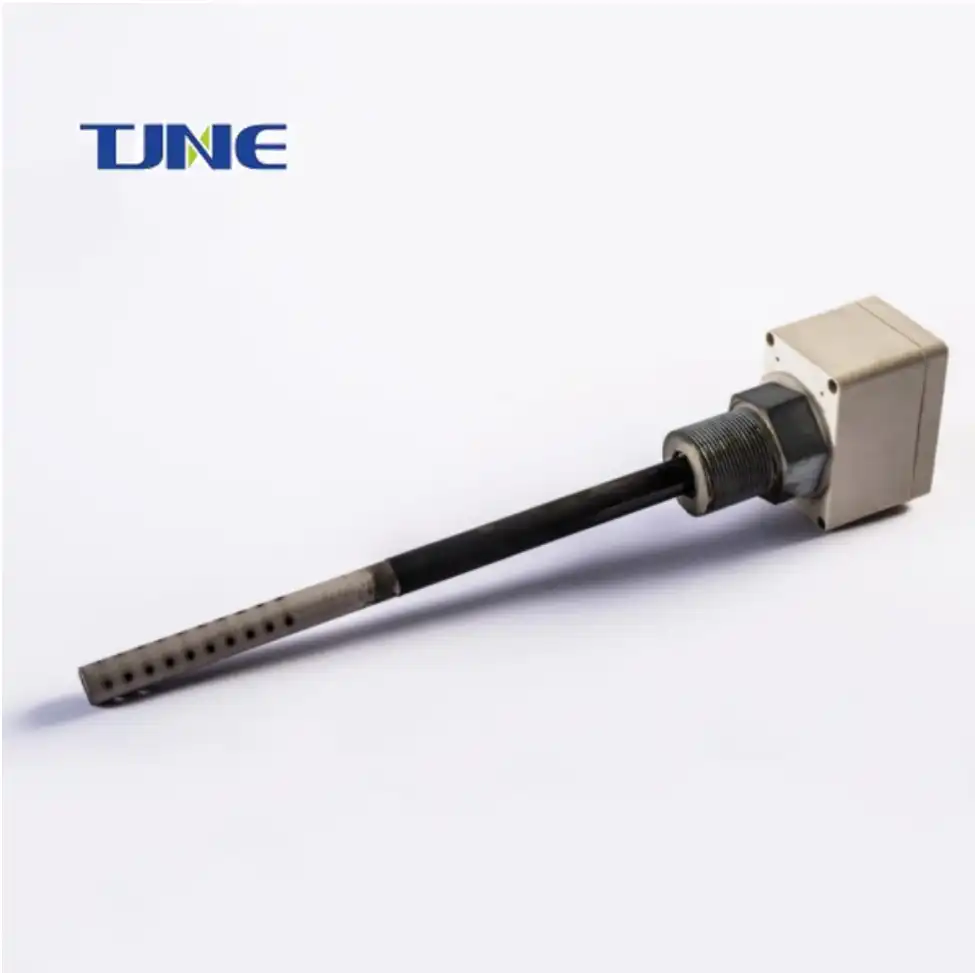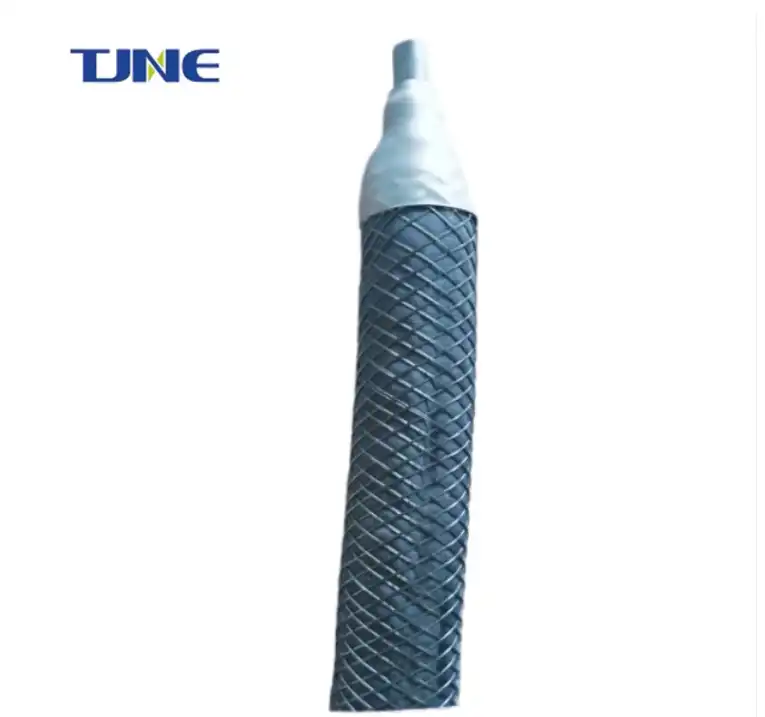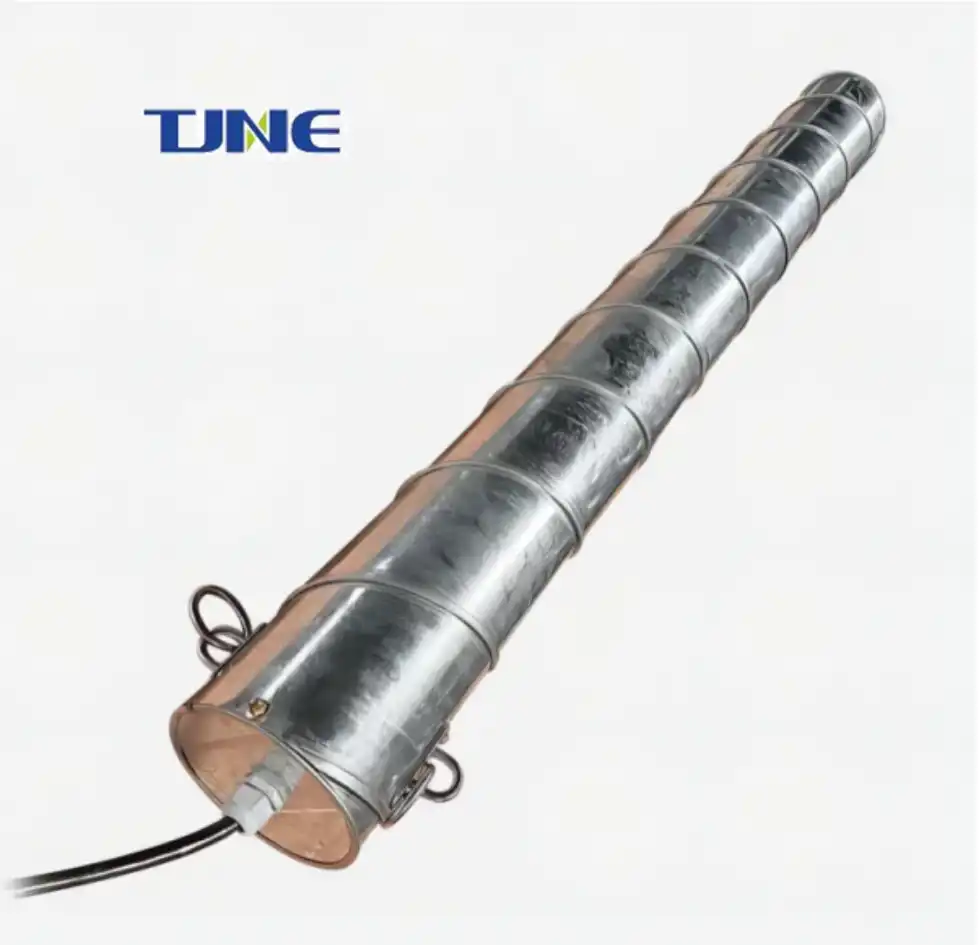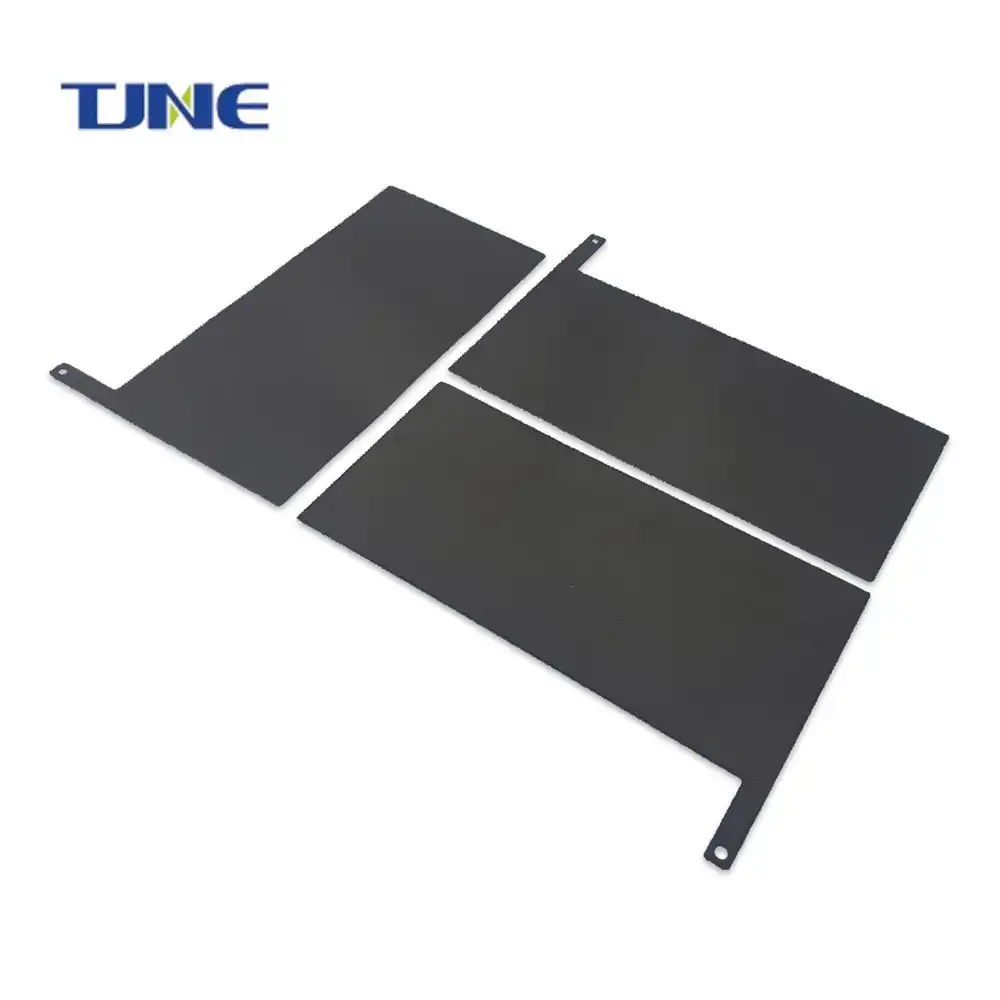- English
- French
- German
- Portuguese
- Spanish
- Russian
- Japanese
- Korean
- Arabic
- Greek
- German
- Turkish
- Italian
- Danish
- Romanian
- Indonesian
- Czech
- Afrikaans
- Swedish
- Polish
- Basque
- Catalan
- Esperanto
- Hindi
- Lao
- Albanian
- Amharic
- Armenian
- Azerbaijani
- Belarusian
- Bengali
- Bosnian
- Bulgarian
- Cebuano
- Chichewa
- Corsican
- Croatian
- Dutch
- Estonian
- Filipino
- Finnish
- Frisian
- Galician
- Georgian
- Gujarati
- Haitian
- Hausa
- Hawaiian
- Hebrew
- Hmong
- Hungarian
- Icelandic
- Igbo
- Javanese
- Kannada
- Kazakh
- Khmer
- Kurdish
- Kyrgyz
- Latin
- Latvian
- Lithuanian
- Luxembou..
- Macedonian
- Malagasy
- Malay
- Malayalam
- Maltese
- Maori
- Marathi
- Mongolian
- Burmese
- Nepali
- Norwegian
- Pashto
- Persian
- Punjabi
- Serbian
- Sesotho
- Sinhala
- Slovak
- Slovenian
- Somali
- Samoan
- Scots Gaelic
- Shona
- Sindhi
- Sundanese
- Swahili
- Tajik
- Tamil
- Telugu
- Thai
- Ukrainian
- Urdu
- Uzbek
- Vietnamese
- Welsh
- Xhosa
- Yiddish
- Yoruba
- Zulu
How Do Electrodeposited Titanium Electrodes Contribute to the Innovation in Cobalt Plating Technology?
Electrodeposited titanium electrodes have emerged as a game-changing innovation in cobalt plating technology, revolutionizing the efficiency and quality of the plating process. These advanced electrodes, manufactured by industry leaders like Xi'an Taijin New Energy Technology Co., Ltd., offer superior performance and longevity compared to traditional electrode materials. By leveraging the unique properties of titanium, these electrodes enhance the uniformity, adhesion, and overall quality of cobalt coatings, leading to significant improvements in various industrial applications.
What are the advantages of using titanium electrodes in cobalt electroplating?
Titanium electrodes have become increasingly popular in cobalt electroplating due to their numerous advantages over conventional electrode materials. The use of titanium in this application offers several key benefits that contribute to improved plating quality and process efficiency.
One of the primary advantages of titanium electrodes is their exceptional corrosion resistance. Unlike many other metals, titanium forms a stable oxide layer on its surface when exposed to air or oxidizing environments. This natural protective layer makes titanium highly resistant to chemical attack, even in harsh electroplating solutions. As a result, titanium electrodes can withstand prolonged exposure to aggressive electrolytes without degrading, leading to longer electrode lifespans and reduced maintenance costs.
Another significant advantage is the high electrical conductivity of titanium electrodes. While pure titanium is not as conductive as some other metals, such as copper or silver, it can be coated with conductive materials like platinum or iridium to enhance its electrical properties. These coated titanium electrodes combine the corrosion resistance of titanium with the excellent conductivity of noble metals, resulting in efficient current distribution during the plating process.
Titanium electrodes also offer superior dimensional stability compared to many other electrode materials. This stability is crucial in maintaining consistent plating thickness and quality across the substrate surface. As titanium electrodes do not deform or warp easily under the stresses of the electroplating process, they help ensure uniform current distribution and consistent cobalt deposition.
Furthermore, the lightweight nature of titanium makes these electrodes easier to handle and manipulate in the plating setup. This characteristic is particularly beneficial in large-scale industrial applications where electrode weight can impact equipment design and operational efficiency.
The use of titanium electrodes also contributes to improved plating quality. The stable and inert surface of titanium minimizes the risk of contamination in the plating bath, resulting in purer cobalt deposits. This purity is essential in many high-tech applications where the performance of the cobalt coating is critical.
Lastly, titanium electrodes offer excellent heat dissipation properties. During the electroplating process, heat is generated due to electrical resistance. Efficient heat dissipation is crucial to maintain consistent plating conditions and prevent localized overheating, which can affect the quality of the deposit. Titanium's thermal conductivity helps distribute heat evenly, contributing to more uniform plating results.
How does Xi'an Taijin New Energy Technology Co., Ltd. ensure the quality of their titanium electrodes?
Xi'an Taijin New Energy Technology Co., Ltd., a leading manufacturer of titanium electrodes, employs a comprehensive quality assurance system to ensure the excellence of their products. Their approach encompasses several key aspects of the manufacturing process, from raw material selection to final product testing.
The company starts with rigorous raw material sourcing. They select high-purity titanium that meets strict compositional requirements, ensuring the base material's quality and consistency. This careful selection process is crucial, as the properties of the final electrode are heavily dependent on the purity and quality of the starting titanium.
Xi'an Taijin utilizes advanced manufacturing techniques to produce their electrodes. This includes precision machining and forming processes that ensure dimensional accuracy and surface quality. The company invests in state-of-the-art equipment and continuously updates its manufacturing capabilities to stay at the forefront of electrode production technology.
Surface treatment is a critical step in the production of titanium electrodes, especially for those used in cobalt plating. Xi'an Taijin employs specialized coating techniques to apply conductive layers such as platinum or iridium to the titanium substrate. These coatings are applied with precise thickness control and undergo thorough adhesion testing to ensure durability in harsh electroplating environments.
Quality control measures are implemented at every stage of the production process. This includes in-process inspections to catch any defects or deviations early, as well as final product testing. The company uses advanced analytical techniques such as X-ray fluorescence (XRF) spectroscopy to verify the composition and thickness of coatings, and electron microscopy to examine surface morphology.
Xi'an Taijin also conducts performance testing on their electrodes to ensure they meet or exceed industry standards. This includes evaluating parameters such as current efficiency, plating uniformity, and electrode longevity under simulated operating conditions. By subjecting their products to rigorous testing, the company can guarantee that their electrodes will perform reliably in real-world plating applications.
The company's commitment to quality extends to their quality management system. Xi'an Taijin maintains ISO 9001 certification, demonstrating their adherence to internationally recognized quality management principles. This system ensures consistent product quality through documented procedures, regular audits, and continuous improvement initiatives.
Furthermore, Xi'an Taijin invests in research and development to continuously improve their electrode technology. They collaborate with academic institutions and industry partners to explore new materials, coatings, and manufacturing techniques that can enhance electrode performance and longevity.
Customer feedback is another crucial aspect of Xi'an Taijin's quality assurance process. The company maintains close relationships with their clients, actively seeking input on product performance and areas for improvement. This feedback loop allows them to refine their products and address specific customer needs, ensuring their electrodes remain at the cutting edge of cobalt plating technology.
What future developments can we expect in titanium electrode technology for cobalt plating?
The field of titanium electrode technology for cobalt plating is rapidly evolving, with ongoing research and development promising exciting advancements in the near future. These developments are likely to further enhance the efficiency, durability, and performance of titanium electrodes in cobalt plating applications.
One area of focus is the development of novel coating materials for titanium electrodes. While platinum and iridium are currently the most common coatings, researchers are exploring alternative materials that could offer improved conductivity, durability, or cost-effectiveness. For instance, some studies are investigating the potential of mixed metal oxide coatings that combine the beneficial properties of multiple elements. These advanced coatings could potentially increase the lifespan of electrodes and improve the uniformity of cobalt deposition.
Nanotechnology is another promising avenue for electrode development. By engineering the surface structure of titanium electrodes at the nanoscale, it may be possible to dramatically increase the effective surface area without changing the overall dimensions of the electrode. This could lead to improved current distribution and more efficient plating processes. Nanostructured surfaces might also enhance the adhesion of conductive coatings, further improving electrode durability.
Advancements in manufacturing techniques are also expected to play a significant role in future titanium electrode technology. The adoption of additive manufacturing or 3D printing techniques could allow for the creation of electrodes with complex geometries optimized for specific plating applications. These customized electrode designs could improve plating uniformity in challenging geometries or enhance mass transfer in high-speed plating processes.
The integration of smart technologies into electrode design is another exciting prospect. Future titanium electrodes might incorporate sensors that can monitor plating conditions in real-time, such as current density, temperature, or electrolyte composition. This data could be used to automatically adjust plating parameters, ensuring optimal conditions are maintained throughout the process and potentially reducing defects and improving overall plating quality.
Research into hybrid materials that combine titanium with other elements or compounds could lead to electrodes with enhanced properties. For example, titanium-based composites or alloys might offer improved conductivity while retaining the corrosion resistance of pure titanium. These hybrid materials could potentially reduce or eliminate the need for expensive noble metal coatings.
As sustainability becomes an increasingly important consideration in industrial processes, future developments in titanium electrode technology are likely to focus on improving energy efficiency and reducing environmental impact. This could involve optimizing electrode designs to minimize power consumption or developing recycling and refurbishment processes to extend electrode lifespan and reduce waste.
The ongoing miniaturization of electronic components and the growing demand for precise, high-quality plating in industries such as semiconductors and nanotechnology will drive the development of titanium electrodes capable of ultra-fine plating control. This may involve advancements in electrode shape, surface texture, or coating technologies to achieve unprecedented levels of deposit uniformity and thickness control.
Lastly, as computational power and modeling techniques continue to advance, we can expect to see more sophisticated simulation and design tools for titanium electrodes. These tools will allow manufacturers to optimize electrode designs virtually, predicting performance under various conditions and tailoring electrodes to specific plating requirements with greater precision than ever before.
If you are interested in the products of Xi'an Taijin New Energy Technology Co., Ltd., please contact yangbo@tjanode.com.
References:
1. Walsh, F. C., & Ponce de León, C. (2014). A review of the electrodeposition of metal matrix composite coatings by inclusion of particles in a metal layer: an established and diversifying technology. Transactions of the IMF, 92(2), 83-98.
2. Schlesinger, M., & Paunovic, M. (Eds.). (2011). Modern electroplating (Vol. 55). John Wiley & Sons.
3. Lou, H. H., & Huang, Y. (2006). Electroplating. Encyclopedia of Chemical Processing, 1-10.
4. Datta, M., & Landolt, D. (2000). Fundamental aspects and applications of electrochemical microfabrication. Electrochimica Acta, 45(15-16), 2535-2558.
5. Gamburg, Y. D., & Zangari, G. (2011). Theory and practice of metal electrodeposition. Springer Science & Business Media.
6. Walsh, F. C., & Low, C. T. J. (2016). A review of developments in the electrodeposition of tin-copper alloys. Surface and Coatings Technology, 288, 79-94.
7. Arai, S., & Endo, M. (2005). Carbon nanofiber-copper composite powder prepared by electrodeposition. Electrochemistry Communications, 7(1), 19-22.
8. Santana, R. A. C., Campos, A. R. N., Medeiros, E. A., Oliveira, A. L. M., Silva, L. M. F., & Prasad, S. (2007). Studies on electrodeposition and corrosion behavior of a Ni–W–Co amorphous alloy. Journal of Materials Science, 42(22), 9137-9144.
9. Low, C. T. J., Wills, R. G. A., & Walsh, F. C. (2006). Electrodeposition of composite coatings containing nanoparticles in a metal deposit. Surface and Coatings Technology, 201(1-2), 371-383.
10. Osaka, T., Takai, M., Hayashi, K., Ohashi, K., Saito, M., & Yamada, K. (1998). A soft magnetic CoNiFe film with high saturation magnetic flux density and low coercivity. Nature, 392(6678), 796-798.






